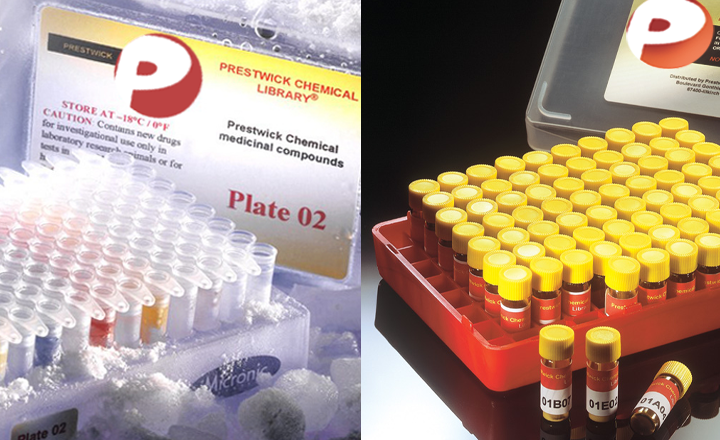Repurposing of ribavirin as an adjunct therapy against invasive Candida strains in an in vitro study
Yousfi H, Cassagne C, Ranque S, Rolain JM, Bittar F
Antimicrobial Agents and Chemotherapy - vol. 63 1-8 (2019)
Antimicrobial Agents and Chemotherapy
The use of antifungal agents in clinical settings is limited by the appearance of drug resistance and adverse side effects. There is, therefore, an urgent need to develop new drugs to strengthen the treatment of invasive fungal diseases. The aim of this study is to describe the potential repurposing of ribavirin as an adjunct therapy against Candida spp. Primary screening of a Prestwick Chemical library against Candida albicans ATCC 90028 and fluconazole-resistant Candida albicans strains was performed. Subsequently, we evaluated the responses of 100 Candida sp. strains to ribavirin, an antiviral agent, using the broth microdilution method as recommended by CLSI. We checked the involvement of efflux pump activity in the development of ribavirin resistance. We studied time-kill curves and performed a checkerboard assay for a ribavirin-antifungal combination study. Twenty-one nonstandard antifungal compounds were identified, including ribavirin. Ribavirin had antifungal activity in vitro against 63 Candida strains, including strains of C. albicans, C. parapsilosis, and C. tropicalis, with MICs ranging from 0.37 to 3.02 μg/ml, while MICs for C. krusei, C. glabrata, C. lusitaniae, and some C. albicans strains remained high (≥24.16 μg/ml). No relation was observed between efflux pump activity and ribavirin resistance. Ribavirin exhibited fungistatic activity against multidrug-resistant (MDR) C. albicans and fungicidal activity against a C. parapsilosis strain. In addition, ribavirin acted synergistically with azoles against Candida strains for which ribavirin MICs were <24.4 μg/ml. This study highlights the potential clinical application of ribavirin, alone or in association with other antifungal agents, as an adjunct anti-Candida drug.


